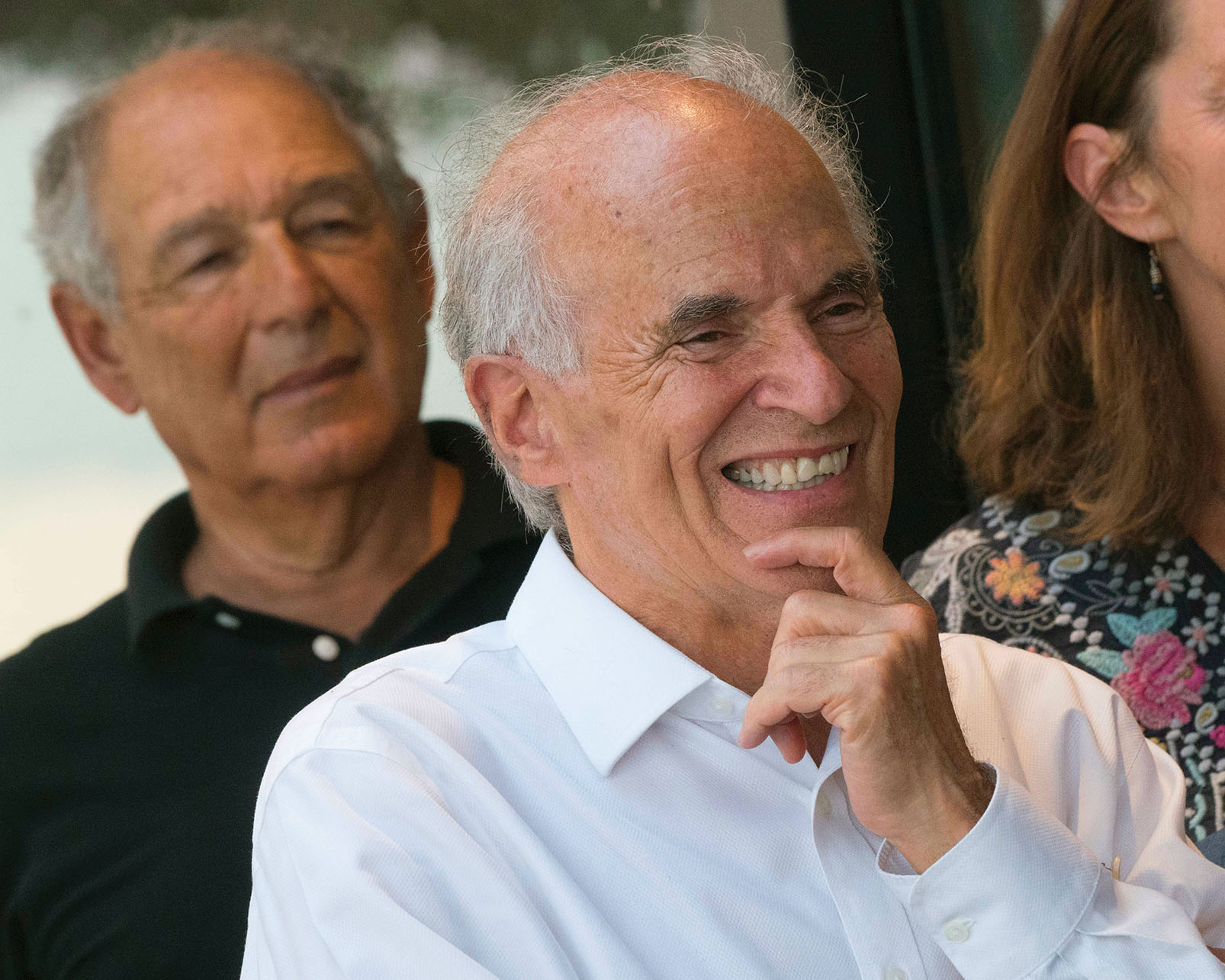U.S.–Mexico relations have been turbulent ever since Donald Trump descended a gilded escalator in New York’s Trump Tower to announce his candidacy for President of the United States in 2015. As we so well know, candidate Trump made undocumented immigration and a “big beautiful wall” signature issues of his campaign and has sought to make good on these promises as President.
Against this backdrop, the UC Berkeley Center for Latin American Studies (CLAS) and the Instituto Tecnológico Autónomo de México (ITAM) in Mexico City convened the U.S.–Mexico Futures Forum in September 2017 in the San Francisco Bay Area. In this Review, I discuss the ideas behind the Forum as well as its history. James Lamb, an instructor in Sociology at UC Berkeley, then analyzes the new research, critical issues, and innovative policy ideas addressed at the Forum and their relevance going forward.
The relationship between the two neighbors has begun to more resemble a rafting trip through unexplored rapids — with plenty of rocks below the surface — rather than a sometimes-bumpy river cruise. If this situation were not complex enough, pivotal elections later in 2018 — July in Mexico and November in the United States — could result in far-reaching changes in both countries. Nonetheless, a deeper understanding of the issues is more critical than ever, at the least as a point of reference, and hopefully as a guide going forward.
The issues won’t wait. Climate change provides the specter of irreversible damage to the planet — truly an existential threat, as California Governor Jerry Brown has put it — and a continued failure to address immigration will become even more destructive to millions of people. In the United States, cities and states have stepped into the vacuum when the federal government has failed to act or acts in unpopular ways.
We also explore a compelling and highly original art exhibit, “Botero: A Dialogue With Picasso,” which appeared at the Centre d’Art, Aix-en-Provence, France. While these two great artists never met, their work explores similar themes, often with different approaches. Simon Schama tells us that works of art have “opened our eyes, provoked us to think, and moved our emotions” — the works of Botero and Picasso do exactly that. Curator Cecilia Braschi provides context for the dialogue of their works in the exhibit.
CLAS has a special relationship with Fernando Botero and Sophia Vari, herself a highly regarded artist. Botero is Colombian by birth but international in terms of his range, vision, and acclaim. In 2007, CLAS organized a UC Berkeley exhibition of Botero’s haunting paintings and drawings on the tortures committed by U.S. forces at the Abu Ghraib prison in Iraq. As a result, Berkeley became the first public institution in the United States to display these stunning, harrowing works. They are often compared to Picasso’s “Guernica” as brilliant artistic statements on defining, horrific issues of their times. With remarkable generosity, Botero donated most of the collection — 60 paintings and drawings — to the university.
Finally, we conclude with “Octavio Paz, Media, and Mexican Politics,” which explores a dimension of the poet, public intellectual, and Nobel Laureate in literature. Priscila Dorella, the author, is a Brazilian professor spanning the hemisphere with her work in Mexico and current residence at UC Berkeley. A stanza by Paz graces our cover.
— Harley Shaiken

